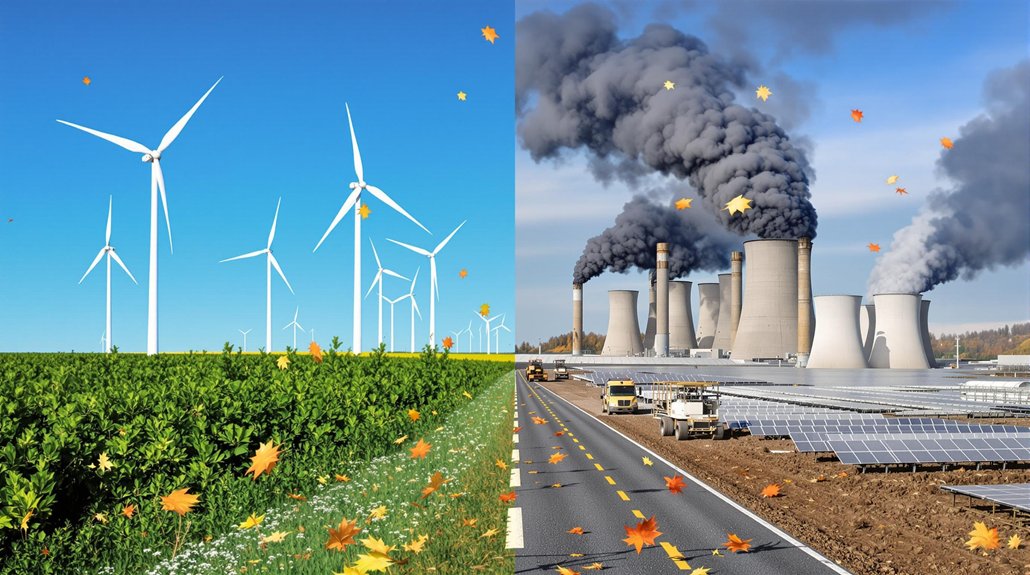China and Russia are teaming up to build a nuclear reactor on the Moon by 2035. The project, supported by 17 countries, aims to establish a permanent base near the lunar south pole. Nuclear power solves the two-week lunar night problem that makes solar impractical. With Chang’e 8 mission testing construction systems by 2029, their detailed roadmap shows serious commitment. Meanwhile, America’s Artemis program struggles with budget constraints. The new space race isn’t just about flags anymore—it’s about who controls lunar resources.
While NASA dreams of planting more flags on the Moon, China and Russia are quietly plotting to build nuclear reactors there. The two powers have formalized plans to construct a lunar nuclear reactor by 2035 as part of their International Lunar Research Station. It’s not just talk. They’ve got blueprints. They’ve got timelines. They’ve got 17 countries backing them up. America might want to pay attention.
China and Russia aren’t just dreaming—they’re building lunar nuclear power while America watches from the sidelines.
The reactor isn’t some vanity project. It’s practical. Those two-week lunar nights make solar power about as useful as a flashlight in the ocean. Nuclear energy is the only viable solution for powering a permanent Moon base. And that’s exactly what China and Russia intend to build near the lunar south pole—the same region NASA has been eyeing.
Their timeline is aggressive but methodical. China’s Chang’e 8 mission in 2029 will test construction systems for the base. By 2033, they expect to be installing their nuclear power plant, complete with robotic maintenance systems and surface pipelines. No astronaut will need to change the lightbulbs.
Russia brings nuclear expertise to the table while China contributes its rapidly advancing space capabilities. The partnership has released an official roadmap detailing their collaborative strategy for lunar exploration. Chinese official Wu Weiren publicly announced these lunar nuclear ambitions on April 23, making their intentions crystal clear. Together, they’re creating a counterweight to NASA’s Artemis program. While America struggles with budget constraints and shifting priorities, this partnership is steadily moving forward.
The geopolitical implications are obvious. Whoever establishes sustained presence on the Moon gets to influence how lunar resources are used and regulated. It’s not just about planting flags anymore. It’s about writing the rules.
Technical details remain under wraps, but international engineering teams are already at work. Russia is even developing a “nuclear space tugboat” to transport cargo and potentially clean up space debris.
The space race never really ended. It just evolved. And while America was taking a victory lap, China and Russia were planning their next move. The Moon is big enough for everyone, sure—but whoever builds the infrastructure first gets to decide who uses it. And how much it costs.
References
- https://asiatimes.com/2025/04/us-china-in-hot-race-to-put-nuclear-reactors-on-the-moon/
- https://www.youtube.com/watch?v=0-d7ksVeTeM
- https://www.the-independent.com/space/moon-china-nuclear-power-plant-base-russia-b2737945.html
- https://www.youtube.com/watch?v=-o0W1PnZRa4
- https://www.space.com/russia-china-shared-nuclear-reactor-2035-moon








